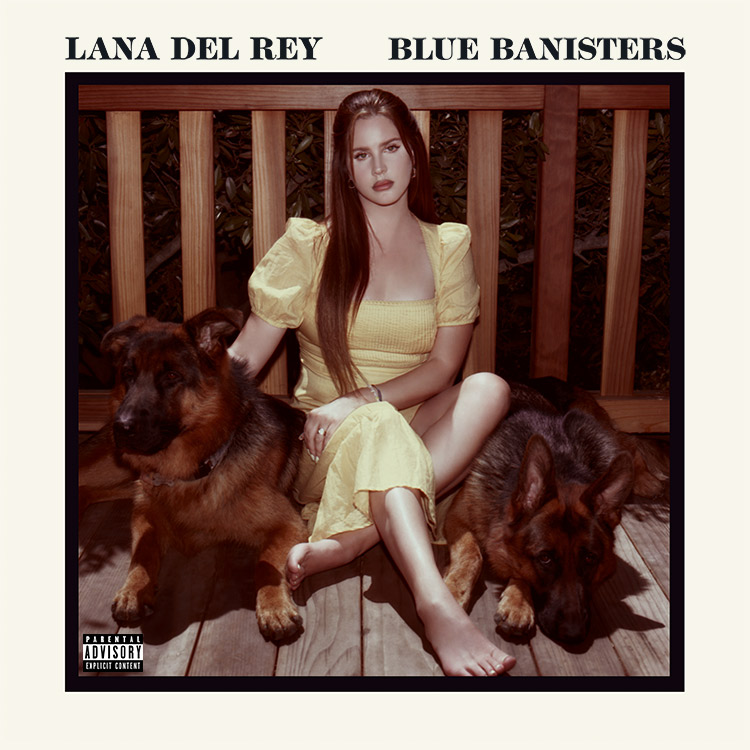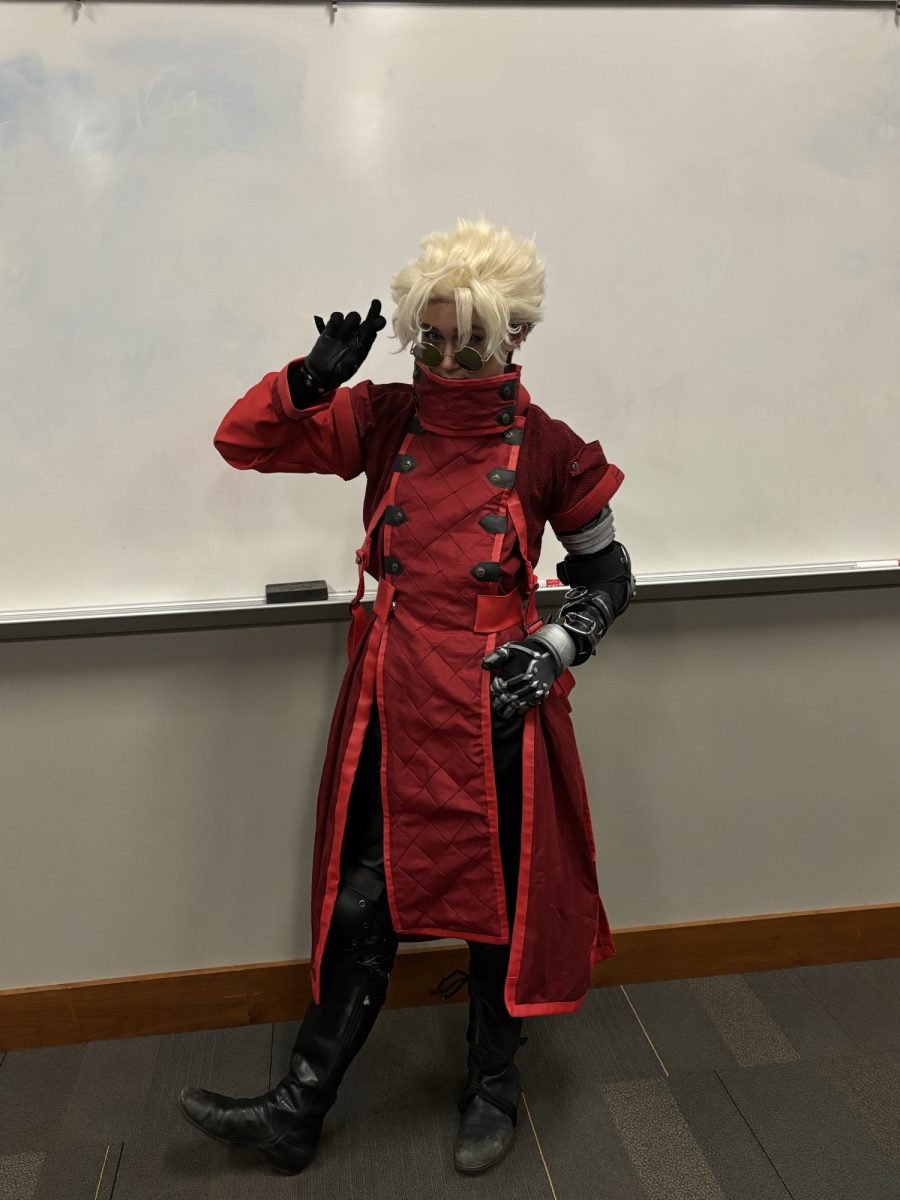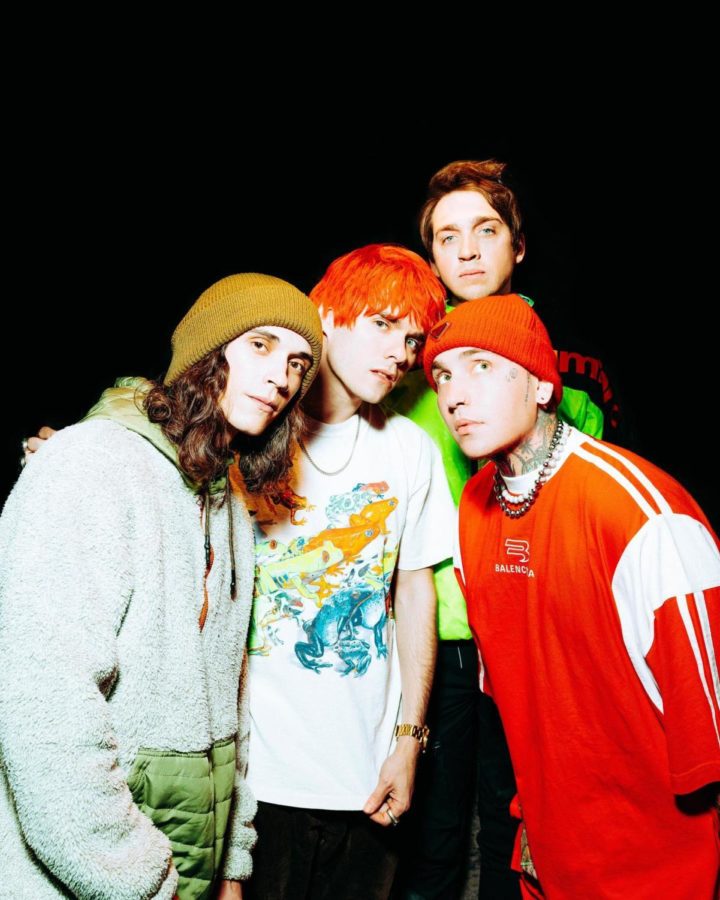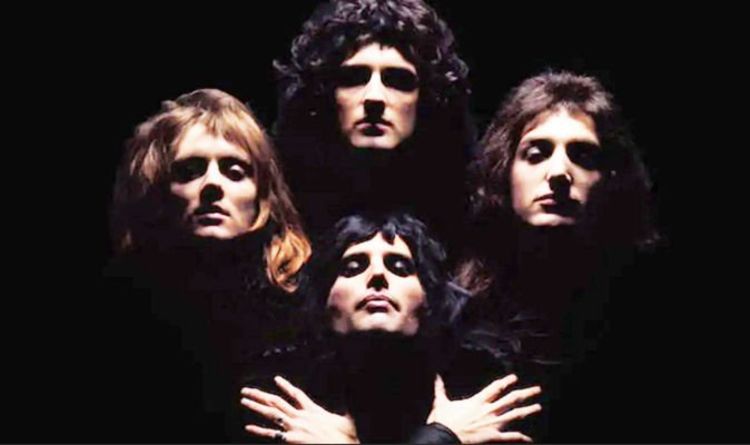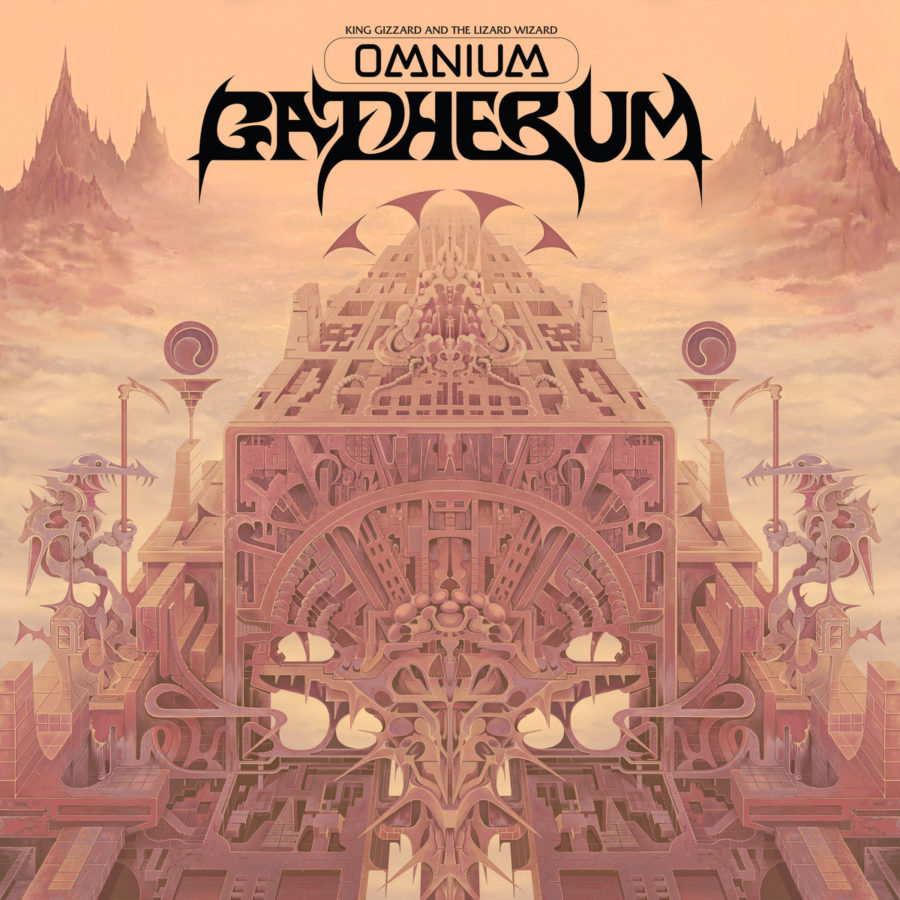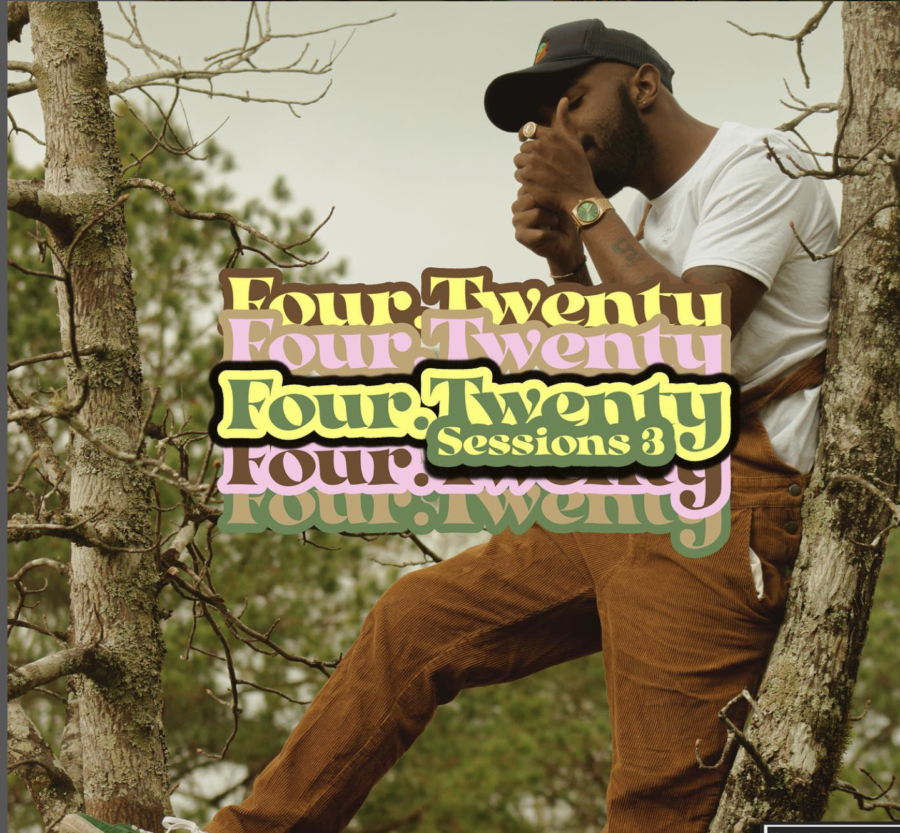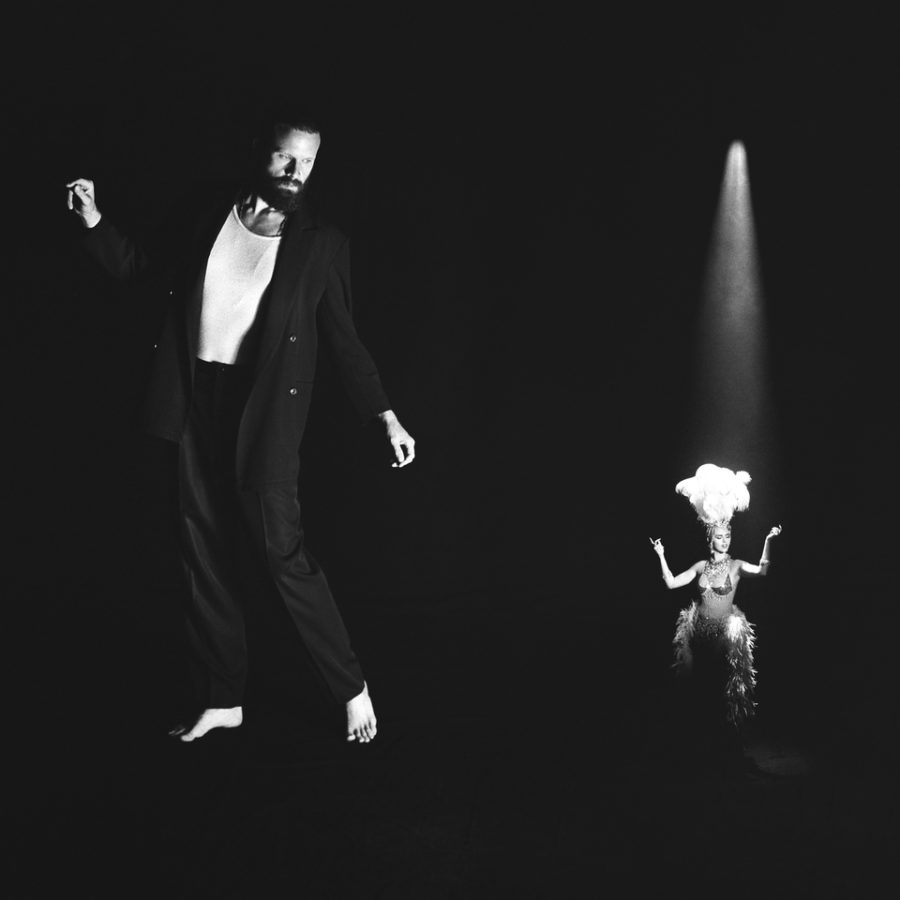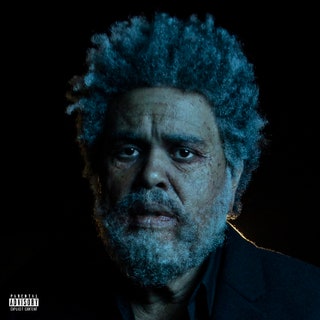Lana Del Rey, also known as Elizabeth or Lizzy Grant, obtained a successful career after her ‘Born To Die’ era releasing seven more albums and most recently her outstanding single ‘Watercolor Eyes’ heard on ‘Euphoria’. In order of their release dates, each album will be ranked and discussed.
Known for her old Hollywood glamour influences, she charms her fans and enables nostalgia for Hollywood’s late Classical Golden Age with references to Marilyn Monroe and the lifestyle accompanied. Her music videos often incorporate vintage-styled clips; she’s never been shy about being an old soul.
Her music immediately troubled her into being labeled anti-feminist and pro-prostitution through Lolita themes, from her favorite book ‘Lolita’ by Vladimir Nabokov, and sexual endeavors in her music videos, especially during her album ‘Paradise’ in 2012. Del Rey is notoriously surrounded by bad boys and biker gangs while singing about men lusting after young girls.
‘Born To Die’ and ‘Paradise’, both released in 2012 and ranking second-best in her discography, have an attractive and special pop sound with a classic Americana feel through her references to the American ’50s and ‘60s state of living.
These albums are summer classics to Del Rey fans. Themes of love and sex with drugs and rock n’ roll are combined and continually referenced throughout her career, giving Del Rey a certain persona that is so daring, likable, and mysterious.
‘Born To Die’ and ‘Paradise’ were originally my favorite albums because they are so significant and unlike anything I had ever heard at the time–truly “sweet like cinnamon.”
They feel like cool girl manifestos, hence Del Rey singing in ‘National Anthem,’“He said to be cool but, I’m already coolest. I said to get real, ‘Don’t you know who you’re dealing with?’”
I played these albums repeatedly, especially ‘Diet Mountain Dew’ from ‘Born To Die’. It’s so catchy and stylish.
‘Summertime Sadness,’ also from ‘Born To Die’, was on the radio frequently with remixed versions, which I typically dislike but they meshed with her song so well.
‘Ultraviolence’, 2014, ranks first and best. It’s a hypnotic and melodramatic album, made for the self-proclaimed “sad girl” consisting of psychedelic rock and dream pop rather than its precursors’ indie and baroque pop.
It’s much slower than her previous work stressing a hyper-romanticized yet heartbreaking appeal–it’s ambiguous and she executes it flawlessly.
“The other woman has time to manicure her nails, the other woman is perfect where her rival fails, and she’s never seen with pin curls in her hair, anywhere,” Del Rey sings in ‘The Other Woman.’
This cover of Nina Simone is perfect for Del Rey’s persona and theme in ‘Ultraviolence’ by romanticizing this old-school idea of beauty and perfection along with being the lonesome, inadequate other woman.
‘Honeymoon’, 2015, ranking third best, is somewhat closer to her original 2012 style yet still goes full circle with her emotional and slower sound.
It’s more confrontational than her earlier work, insinuating that she’s grown tired of it all and is slowly moving into new territory, acting as her ammunition.
In ‘High by the Beach’ Del Rey sings, “The truth is I never bought into your bullshit when you would pay tribute to me” and “that don’t make you a man, now you’re just another one of my problems,” displaying her persistence.
‘Lust For Life’, 2017, ranking fifth best, stands out by mixing pop with rap and folk with featured artists like A$AP Rocky, Playboi Carti, The Weeknd, Sean Ono Lennon, and Stevie Nicks.
This album is filled with late ‘60s allusions such as John F. Kennedy reveries, Stevie Nicks’ mystical singing, and Del Rey’s ‘Tomorrow Never Came’, featuring Sean Ono Lennon referencing John Lennon and Yoko Ono, two notable figures to come out of the era who happen to be Sean’s parents.
‘Lust For Life’ attempts to fight the anti-feminist labels by straying from themes of predatory men and lyrics like “he hit me and it felt like a kiss” portrayed in ‘Ultraviolence. ‘
‘God Bless America – And All The Beautiful Women In It’ strives to fight for women’s rights and women’s liberation—a change in tone from her other albums though she sings of tragic incidents to bring awareness to them rather than romanticize them.
Norman Fucking Rockwell, 2019, ranking fourth best, took a while to appreciate because of how different it sounded, but my favorite song from this album and also her entire discography is now ‘Mariners Apartment Complex.’
‘Mariners Apartment Complex’ has so much depth, portraying what it’s like to be misunderstood, the “romanticization” of sadness, and the path of growing.
“You took my sadness out of context at the Mariners Apartment Complex, I ain’t no candle in the wind,” Del Rey sings, proving the misconceptions about her as wrong.
This may be her most Americana album named after the proudly American artist Norman Rockwell along with the cover art displaying an American flag. She also references many American artists such as Joni Mitchell, Beach Boys, and Sublime, along with America itself in its Californian glory.
‘Chemtrails Over the Country Club and Blue Banisters’, both released in 2021, rank the lowest on my list. ‘Blue Banisters’ ranked sixth and ‘Chemtrails’ seventh.
They both feel somewhat random and thrown together. They’re not bad, as it’s probably impossible for her to write something bad, but they’re not as expected.
‘Thunder,’ which was originally one of her unreleased songs, is the best from ‘Blue Banisters’ as it feels like a warm embrace, magical, and her voice sounds heavenly.
‘White Dress,’ a reflection on her youth before fame, and ‘Dance Till We Die,’ an homage to female artists, are the best from ‘Chemtrails Over the Country Club.’ The latter feels very ‘70s classic rock toward the end.

























